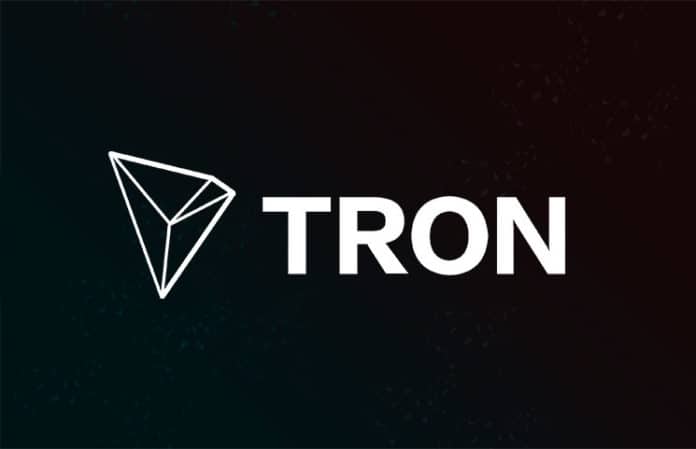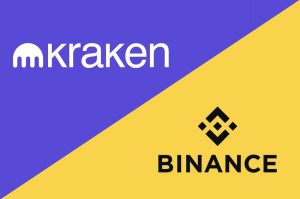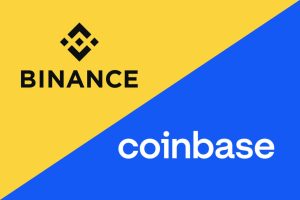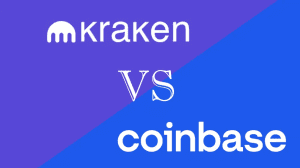TRON and TRX Explained – Beginner’s Guide

TRON is a prominent player in the blockchain and cryptocurrency game. It offers a unique approach to decentralized applications (dApps) and content sharing. Founded by Justin Sun in 2017, TRON aims to build a decentralized internet that democratizes content creation, distribution, and ownership.
This article fully explores what TRON is, its history, functionality, unique features, pros and cons, and use cases. We also cover what TRX (its native cryptocurrency) is and how to buy it. And we explain everything in simple English, perfect for beginners.
The TRON Quick Read
We summarized our guide for you if you’re short on time.
- TRON, founded by Justin Sun in 2017, aims to decentralize content and applications, democratizing their creation and distribution.
- It utilizes blockchain and P2P technology to empower content creators and eliminate intermediaries.
- Its architecture comprises storage, core, and application layers, employing DPoS consensus for scalability.
- DPoS involves token holders electing delegates for transaction validation, enhancing efficiency compared to PoW systems.
- TRON’s unique features include decentralized content sharing, customizable tokens, and high TPS, but critics raise concerns about centralization and regulatory challenges.
What is TRON and How Does It Work?
TRON is a blockchain-based platform that creates a decentralized content and application distribution environment. It leverages blockchain and peer-to-peer (P2P) technology to eliminate intermediaries and empower content creators.
TRON’s core innovation is seamlessly integrating digital entertainment and content-sharing platforms into a single, decentralized ecosystem. Also, its architecture consists of three layers: the storage, core, and application layers.
The storage layer holds user data and content, the core layer manages consensus and smart contracts, and the application layer hosts various dApps and services. Moreover, TRON employs a Delegated Proof of Stake (DPoS) consensus mechanism, enhancing scalability and transaction speed.
DPoS vs. PoW
In DPoS, token holders in the network vote for a limited number of delegates or “witnesses” responsible for producing blocks and confirming transactions. These elected delegates take on the role of block producers and validators.
DPoS is more energy-efficient and scalable than traditional Proof of Work (PoW) systems because it reduces the number of validators to a select few. Therefore, it results in faster transaction confirmation times and improved overall network efficiency.
Meanwhile, in the PoW consensus, all nodes in the network compete to solve complex mathematical puzzles, which consumes a lot of computational power.
However, DPoS has a few downsides, including potential centralization, as only a small number of delegates have the authority to validate transactions. Nonetheless, it remains a popular consensus mechanism in many blockchain projects due to its speed and efficiency benefits.
TRON History
Justin Sun, a prominent figure in the blockchain industry, founded TRON. The project’s initial coin offering (ICO) took place in 2017, raising funds for its development. The platform gained significant attention due to its ambitious vision of decentralizing the Internet.
In 2018, TRON launched its MainNet, migrating from the Ethereum blockchain. This move gave TRON more control over its ecosystem and native cryptocurrency.
Pros
- Decentralized content sharing: TRON empowers content creators and reduces reliance on centralized platforms.
- Scalability: Its DPoS consensus and architecture enable high throughput and low latency.
- Variety of use cases: TRON’s customizable tokens and smart contracts support various applications beyond finance.
- High Transactions Per Second: TRON’s architecture can handle a high volume of transactions, making it suitable for applications that require rapid transaction processing.
- High-profile partnerships: TRON has partnered with industry giants like Samsung, further enhancing its credibility.
Cons
- Centralization concerns: Critics argue that TRON’s structure and governance model may lead to centralization over time.
- Regulatory challenges: As with any blockchain platform, the platform faces regulatory uncertainty in different jurisdictions.
- Competition: The blockchain space is highly competitive, and TRON must innovate continuously to maintain its position.
TRON’s Use Cases
TRON offers several unique features that set it apart from other blockchain platforms:
- Decentralized apps (dApps): TRON hosts various dApps, including gaming, social media, and entertainment applications.
- Content sharing: Creators can publish and monetize content directly, bypassing intermediaries and earning more revenue.
- Tokenization of assets: TRON’s token creation capabilities facilitate the representation of real-world assets on the blockchain.
- Gaming: The platform’s high throughput suits real-time gaming and in-game asset ownership.
TRX: TRON’s Native Cryptocurrency
TRX, or TRONix, is the native cryptocurrency of the TRON ecosystem. It serves as a platform exchange medium, enabling transactions, rewarding content creators, and powering dApps. Users can also trade TRX on various cryptocurrency exchanges.
- Choose a crypto exchange: Select a reputable exchange that supports TRX. We recommend Binance, Coinbase, or Kraken.
- Create an account: Sign up for an account on the chosen exchange, completing any necessary verification steps.
- Deposit funds: Deposit funds (usually Bitcoin or Ethereum) into your exchange account.
- Buy TRX: Once you deposit the funds, place an order to buy TRX using your deposited cryptocurrency.
- Withdraw to wallet: For security reasons, consider transferring your purchased TRX to a private wallet you control.
Frequently Asked Questions
Discover more about TRON and TRX.
Is TRON just for content sharing?
While content sharing is a significant aspect, TRON’s capabilities extend to various use cases, including dApps, gaming, tokenization, and more.
How does TRON address scalability?
TRON’s DPoS consensus mechanism, layered architecture, and high throughput design contribute to its scalability.
Can I create my own token on TRON?
TRON allows users to create custom tokens that serve various purposes within the ecosystem.
What role does TRX play?
TRX is used for transactions, powering dApps, incentivizing content creation, and participating in the platform’s governance.
How is TRON’s governance structured?
TRON employs a delegated governance model, where Super Representatives are elected to validate transactions and propose network upgrades.
What Is TRON (TRX)? Final Words
TRON’s journey in the blockchain space represents innovation and a determination to redefine content sharing and application distribution. Its unique architecture, emphasis on decentralization, and commitment to scalability have positioned it as a significant player in the blockchain ecosystem.
While TRON has its share of challenges, its potential to transform multiple industries through decentralized applications and content sharing remains undeniable.
Please note that cryptocurrency investments carry inherent risks, and it is essential to conduct thorough research and seek professional advice before engaging in any financial transactions.





